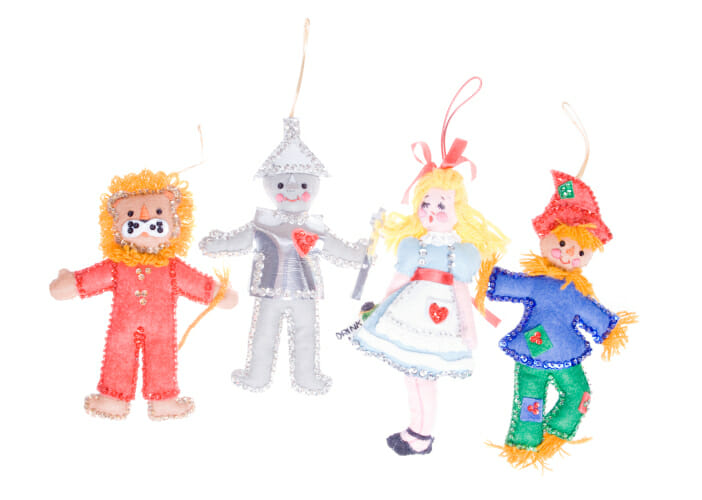Lori L. Jacobwith is a master storyteller, speaker, trainer and author, and a guest contributor for Nonprofit Hub. She has coached & trained thousands across North America to collectively raise $200 million from individual donors over the past decade.
__________
I often work with the staff and boards of social profit organizations to help them fine-tune their skills in what is often referred to as “storytelling.”
Much has been written about the impact of sharing examples of client stories, volunteer stories and even donor stories with the community.
The truth is, the magic of nonprofit storytelling is in the content of the story. I find that often staff and board members are not quite sure what I mean by “sharing a story,” or if they do they are pretty certain they don’t have a good story to share.
I believe everyone has at least one story to share… their own. And we usually have lots of other “real life examples” of the amazing work being done at our organizations.
So, here’s what I did recently at a coaching session with a group of staff—that ranged from the CFO to the grant writer to program staff managers—to get them thinking about what stories/real life examples they had to share:
My request: Share with me an example of a real way YOUR work makes a difference in the life of someone else.
Answers ranged from: “I work with people who are desperately in need of mental health support,” to “I crunch numbers to make sure we are on track financially all year long.”
So, next I asked the group to think about someone real. A person whose life is different because of the numbers they crunched or the red tape that was cut through to get the mental health support that was needed.
The CFO, we’ll call her Dorothy, shared how she saw the value of a pre-school program that had lost its government funding. She was able to pull together some language and numbers that allowed the organization to raise more money for the pre-school program.
In fact, Dorothy was able to secure enough private dollars to keep a portion of the program that is still serving a little girl named Hannah. Dorothy had met Hannah when she visited the program in order to make a determination about closing the program.
When talking with potential donors Dorothy told this story:
“Hannah is 4 years old and has learning difficulties. She doesn’t know her colors or numbers and little Hannah doesn’t walk or talk at the same level as other 4 year-olds. If you met Hannah, you would want her to succeed. She’s a little shy, has a sweet smile and her curly brown hair matches the color of her dark chocolate eyes. Hannah will have nowhere to go if our program closes. She won’t do well in kindergarten without some extra support. Her lack of education will hurt her chances to succeed in life.”
Because Dorothy was able to identify the cost per child and the impact of the program on each child’s readiness for kindergarten, other people were inspired to make contributions to help support the program that had been in jeopardy of closing.
Little Hannah now knows her colors and numbers and barley stops talking. She’s even walking and nearly ready for kindergarten in the fall thanks to the “administrative” work done by the CFO.
Now donors have a face and a real example to paint a picture about this program in a way that was missing before.
My suggestion: Rather than asking for “stories,” here are some other questions to ask staff, especially program staff:
• Who did you turn away last week? Tell me about one of them.
• What family, child, senior, or fill-in-the-blank has stayed on your mind this week? What happened to cause them to come in to ask for our services? What are we doing to help them?
• Is there anyone you’ve met who has caused you to be incredibly proud that we exist? Tell me about them and how YOUR work might have inadvertently or directly helped them.
Rather than asking staff, especially program staff for stories, ask these questions. Start a staff meeting with one of these questions. Help your team help you collect and share real-life examples of the people’s lives you are saving and changing. And then go share them with others.
__________
Follow Lori on Twitter, visit her Facebook page for daily coaching tips, or read Ignited Fundraising from Lori for weekly blog updates.






